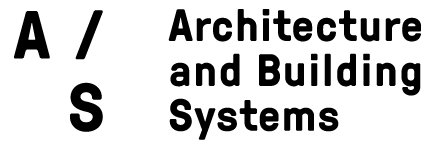ETH Zurich Energy Blog: Ever wondered what urban integrated photovoltaics could mean for spaces and infrastructure in Zurich?
Maximilian Gester is a Researcher at the Chair of Architecture and Building Systems at ETH Zurich. He works at the Future Cities Lab Global (FCLG) based in Zurich and Singapore, where he is responsible for the techno-economical assessment and prototyping of BIPV solutions (Building Integrated Photovoltaics) in both the Singaporean and Swiss contexts. He is researching the synergies between architecture and energy, specifically solar energy.
Based on interviews with stakeholders such as architects, engineers, and the city of Zurich, this new article suggests various PV implementations and their benefits at four different scales: Bus shelters, Parking lots, Plazas and Bridges.
To make cities not only big energy consumers but also energy producers, solar energy integration, and more precisely PV (Photovoltaics) integration in urban design, becomes necessary and aligns with the current political motivations. The carbon emission goals combined with the consequences of the Ukrainian war have never pushed the need for renewable energy production as far as today. When talking about PV integration, we distinguish between BAPV (Building Applied PV), where the system is added or attached to the building, and BIPV (Building Integrated PV), where the goal is to replace other functions of a building envelope. While free-standing PV (Photovoltaics) and BIPV (Building Integrated Photovoltaics) are widely acknowledged solutions contributing to increased renewable energy production, the term UIPV (Urban Integrated Photovoltaics) is not frequently heard of. By focusing not on buildings, but rather on the space between them, this article identifies the potential for UIPV in the city of Zurich. How big is its potential? What are the barriers and potential synergies? What could it look like?
Read full article here.

